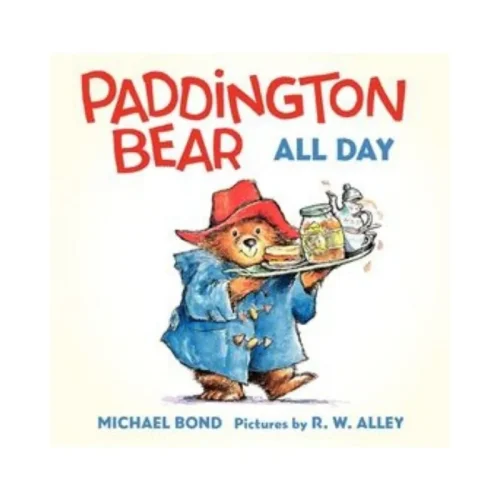Description
The Veritas Approach to History
A history program was how Veritas began. After reading Recovering the Lost Tools of Learning, our interest in classical education from a Christian worldview was piqued. While building a classical school and looking for curriculum, we realized the value of teaching young children a comprehensive timeline of history. We wanted to connect it to learning the content of the Bible, as well. (Learn more about that at the Bible Course Options pages.)
Children in 2nd grade are ready to start learning a timeline. Before that, some groundwork should be done. In Kindergarten, family histories and holidays can orient children to the basics of a timeline. In 1st grade, students are taught a simplified version of American history to take advantage of their growing understanding of place and time.
Beginning in 2nd grade, students are ready for a formal study of history. We begin in the beginning, from creation. Each year from 2nd to 6th grades, students will study 32 events. In those five years, they’ll have learned 160 events. Our approach has students regularly reviewing what they’ve learned, too. This works remarkably well because, as classical educators point out, it’s how they are wired. At this time in their development, they love learning through memorization.
The five-year history cycle is described in the chart below:
| Grade | Series |
| 2nd | Old Testament and Ancient Egypt |
| 3rd | New Testament, Greece, and Rome |
| 4th | Middle Ages, Renaissance, and Reformation |
| 5th | Explorers to 1815 |
| 6th | 1815 to the Present |
After five years, students know dates and crucial facts about 160 events. Some programs fail to teach more than key events’ dates. Students may learn that the eruption of Mount Vesuvius in AD 79 buried Pompeii. Without more details, though, they may not realize its connection to the New Testament. Similarly, students may learn that World War I raged from 1914 to 1918 and World War II from 1939 to 1945. Without more details, students will miss learning basic differences of how the wars were fought (their aircraft and weapons, for example). Missing those kinds of details, students won’t see how the wars’ key features fit into a larger historical context. Laurie and I will never forget visiting the Smithsonian Air and Space Museum when our oldest son was 12. He quickly recognized which aircraft belonged to which war.
While ideal to start at the beginning, it’s not necessary. In a homeschool with two or more children, you might consider teaching everyone at the same level. Integrated learning for art projects, field trips, etc. can be more effective this way. If younger children start after the first year, they can simply circle back to the beginning later. Children who have less than five years to complete the cycle can complete it in a condensed form. They can move through more than one series per year. They spend less time learning details, but they commit the core timeline to memory. We also have an option, called History Transition that condenses all five years into one.
Our approach to history in grammar school has served many students well. Maybe that’s why it’s one of the most awarded programs around.
Please note: This bundle does not include some of the books in Veritas Press’ package.


















Reviews
There are no reviews yet.